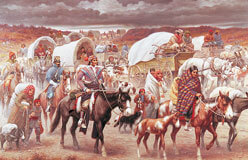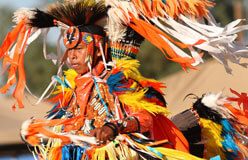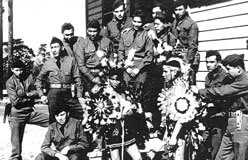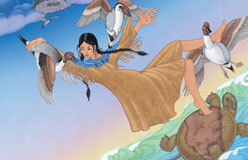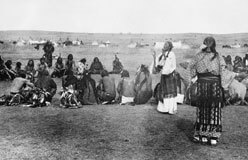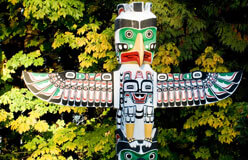A drummer makes an offering.
He sprinkles a pinch of tobacco on the drum. A hunter thanks a bear for dying so that the hunter and his people may eat. People who gather wild fruits leave behind a basket with a cornmeal dumpling inside as thanks.
Every aspect of Native American life is connected to spiritual beliefs. Each tribe has its own beliefs, myths, ceremonies, and sacred places. However, there’s a common thread among Native American cultures. They all revere nature and respect all forms of life.
When Europeans came to America, their values clashed with those of the Native Americans. Native Americans wanted to live in harmony with nature. The newcomers wanted to dominate it. With no respect for the views of their Native hosts, whites put riches and power above all. Today, many Americans see how bad that attitude has been for our planet. Some are looking to the ancient ways of Native Americans for guidance.
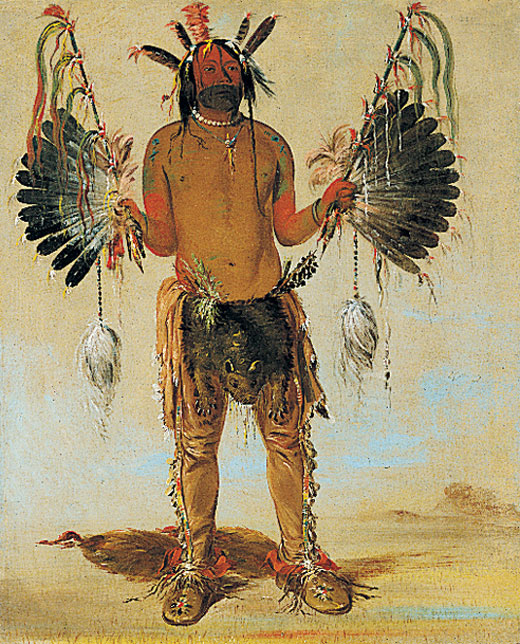
◀ Traditional Native American religions say that serious illnesses may have supernatural causes. So healers with spiritual powers are needed to treat them. The Inuit believe many illnesses have a simple cause: humans did something that made supernatural beings mad. Maybe they didn’t honor the spirit of an animal that had been hunted for food. Inuit may also get sick if they have been angry or uncooperative. Modern psychiatrists have a similar idea: that some physical illnesses are caused by emotions. An Inuit healer may ask sick people if they can recall doing something wrong in the past. The healer may prescribe a change in attitude or behavior as part of the cure.

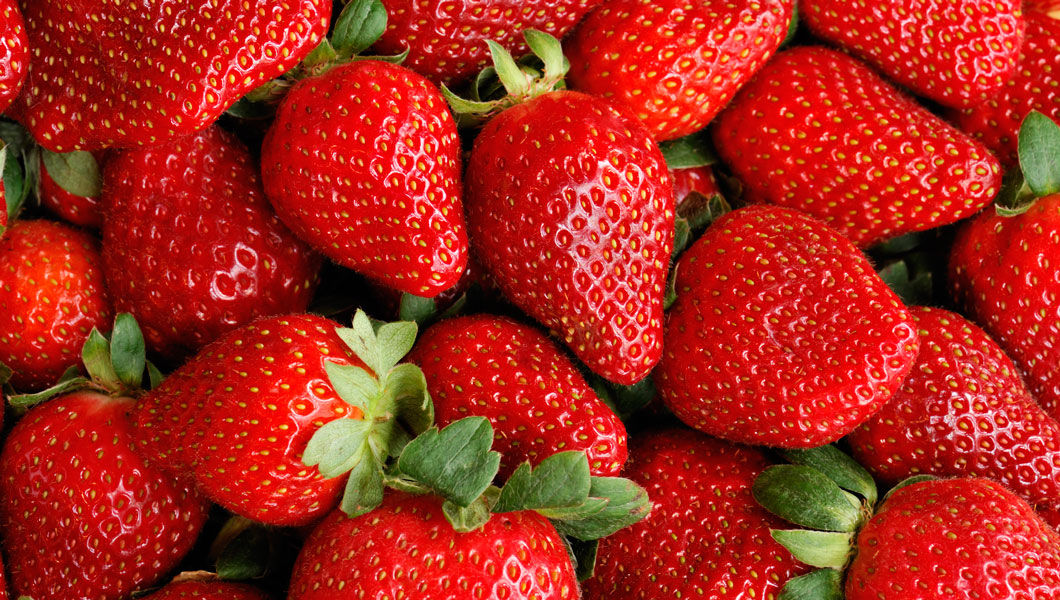
▲ Native American myths and legends explain the creation of the world and also some of its pleasures, such as strawberries. In a Cherokee legend, the first man and woman got into an argument one day, so she left. He went after her, but he couldn’t catch her. The Sun decided to help the man. It made raspberries, then blueberries, then blackberries grow in her path. None of them tempted her. Finally, the Sun put strawberries in her path, and she stopped to eat them. When she realized how delicious the berries were, the woman began to pick some. Then her husband was able to catch up and apologize. Ever since, strawberries have been a reminder to Cherokee people to be kind to one another.
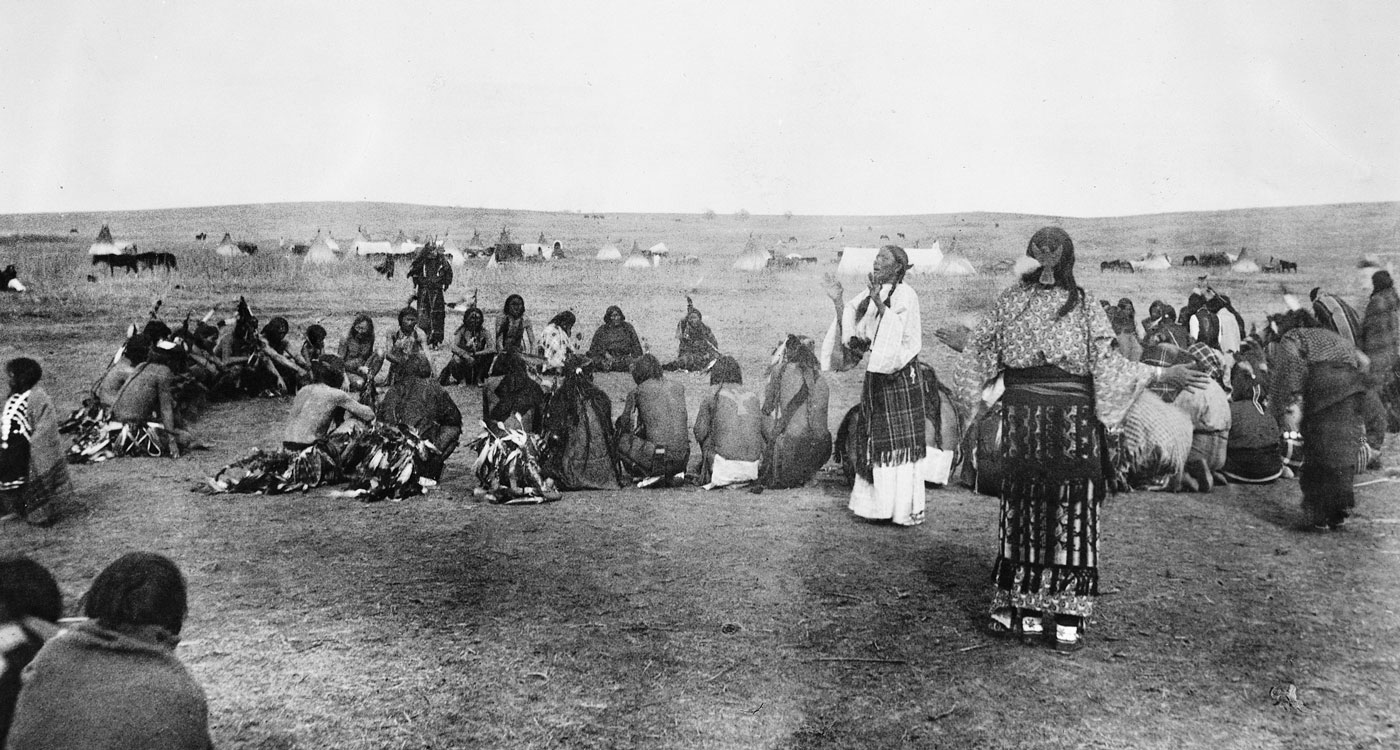
Kinaaldá
All Native American religions have ceremonies to mark important events in a person’s life: birth, naming, coming of age, marriage, death. Kinaaldá is a coming-of-age ceremony for Navajo girls. During the time of the ceremony, the honored girl must run toward the east, once in the morning and once in the afternoon. Navajos believe all things begin in the east, where the Sun rises. In the 1950s and 1960s, many Navajo children were taken from their families. They were sent to boarding schools and forbidden to practice their language or culture. So ceremonies like Kinaaldá almost died out. Now that U.S. government policy has changed, some children are taught Navajo language and culture in schools on the reservation. Many of the old ceremonies are being revived. ▶


